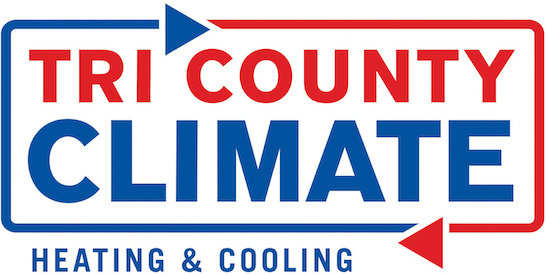
The Nest thermostat is one of the best-selling smart thermostats you can buy. And for good reason. It figures out your temperature preferences and makes an energy-efficient schedule to match. And through geofencing with your phone, the Nest Learning Thermostat and Nest E realize when you’re at your house or out and about and can raise and lower temperatures to help you save even more.
The Nest is compatible with a wide range of 24-volt heating and cooling systems, but it’s always a wise idea to use the Nest thermostat compatibility checker before purchasing one. Don’t forget to contact your energy supplier for valuable rebates, as you may be able to get a Nest for free or close to it.
Once you’ve confirmed it’s compatible, you can either hook it up without help or contact a HVAC specialist like Tri County Climate Control LLC. If you’re installing it yourself, you’ll notice a terminal for the C-wire, or common wire. This wire is solely used for powering your thermostat. If your residence or HVAC system is older, you might not have one of these wires. In the majority of cases, Nest says this isn’t an issue because the thermostat can pull enough power from other heating and cooling wires.
In some cases, your heating and cooling system might need that C-wire. And here’s why.
Why Your Nest Keeps Losing Power and Other Problems
The Google Nest Thermostat is a step up from aging programmable thermostats that use a combination of wiring and AA batteries for power. It relies on a rechargeable lithium-ion battery and wiring to link to Wi-Fi, power its digital display and turn on your heating and cooling system.
8 Common Nest Thermostat Issues
If it can’t get enough juice, Nest says you may run into some of these problems:
- Poor battery life.
- Thermostat motion sensing is disabled.
- Your thermostat occasionally disconnects from Wi-Fi.
- Your system suddenly turns on or off, or won’t stop running.
- Your system is producing odd noises, such as chattering, stuttering, clicking or thumping.
- Heating or cooling is short cycling, or repeatedly turning on and off in a short period of time.
- There is a delay message on your Nest thermostat’s screen, along the lines of “heating is delayed for 2:30 minutes.”
- The system fan is continuously running, won’t turn on or turns off and on repeatedly in a short period of time.
You may worry something is up with your heating and cooling system, but if you just installed the Nest, we suggest you begin with your thermostat first. This is especially true if the weather is mild, and you haven’t been relying on your heat or air conditioning frequently.
Our Pros Can Resolve Nest Thermostat Troubles
If you’ve tried Nest thermostat troubleshooting by yourself but can’t fix the dilemma, a smart thermostat professional such as one from Tri County Climate Control LLC can assist you. We can diagnose the issue and add a C-wire, if required.
Smart thermostats including the Nest are made to make your life more convenient, with automatic energy-efficient programming and the opportunity to check temperatures while you’re away from home. It’s a time-consuming experience when yours won’t run correctly, but our heating and cooling experts at Tri County Climate Control LLC can resolve the trouble in no time.
If you’re going through atypical heating and cooling behavior with your new Nest, give us a call at 541-546-1393 to request your appointment right away.

